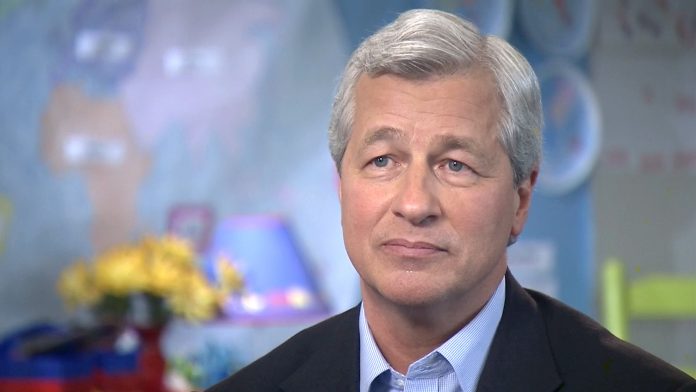The Dow dipped again today, falling by 0.3% as rate cut odds sunk further. The S&P also decreased by 0.7% while the Nasdaq Composite, dominated by rate-sensitive tech names, experienced a more significant drop of around 1.1%.
This downturn continued the trend of a challenging January, with investors recalibrating their expectations regarding interest rates in 2024. Comments from European Central Bank (ECB) President Christine Lagarde, mirroring remarks previously expressed by Federal Reserve Governor Chris Waller, suggested that markets might be overly optimistic about the likelihood of imminent policy easing.
Adding to the market’s gloomy outlook was recent GDP data from China, indicating that the country’s economic growth is waning despite various stimulus efforts. China reported a 5.2% growth in the fourth quarter year over year, which was slightly below analyst expectations. This data highlighted several challenges facing the world’s second-largest economy, including a prolonged property crisis, low consumer and business confidence, increasing local government debts, and sluggish global growth.
Amidst these concerns, oil prices also declined, influenced by apprehensions about reduced demand from China. At this point, a full-blown “stimulus bomb” may be necessary to bring China’s growth prospects back to life.
In contrast, the December retail sales report from the United States provided a more optimistic view, showing that consumer spending remained strong. Retail sales rose by 0.6% in December, surpassing the forecasted increase of 0.4%. This was the most significant jump since September, boosting the year-over-year change to a high not seen since January 2023.
That being said, the data is expressed in nominal terms and does not account for the impact of inflation. When adjusted for the Consumer Price Index (CPI), the ‘real’ retail sales growth for 2023 was 2.2% year-over-year, marking a notable improvement from the decline seen in 2022 but still the weakest since 2018.
Additionally, investors were closely watching the results from regional banks’ fourth-quarter earnings, following the mixed reactions to the recent earnings reports from major Wall Street banks. Most banks are beating estimates, but forward guidance has left much to be desired.
JPMorgan Chase CEO Jamie Dimon, in an interview this morning, didn’t help bulls out at all as he doubled down on his pessimism. Dimon’s concerned about the US economy over the next few years, citing a mix of financial and geopolitical concerns. He highlighted various global issues impacting economic forecasts, specifically pointing to the ongoing situation in Ukraine, increased terrorist activities in Israel and the Red Sea region, and the Federal Reserve’s quantitative tightening as significant factors.
Despite JPMorgan’s record profits and the resilience of the US economy, which has largely weathered inflationary pressures thanks to robust employment levels and savings accumulated during the pandemic, Dimon advised against complacency. He expressed skepticism about the stock market’s recent performance, noting the S&P 500’s 19% rise in the past year and its proximity to peak levels.
“I think it’s a mistake to assume that everything’s hunky-dory,” Dimon cautioned, attributing some of the market’s buoyancy to substantial fiscal and monetary stimulation.
Echoing Dimon’s sentiments, Goldman Sachs CEO David Solomon also expressed concerns, particularly about the United States’ soaring debt levels. Solomon acknowledged that, aside from geopolitical issues, the market environment feels more positive than a year ago, yet he remains apprehensive about the long-term implications of growing national debt.
Solomon and Dimon’s comments line up with forward guidance provided by their banks over the last week. Perhaps it’s a contrarian indicator – growing bearishness could be a sign of an upcoming rally – but the more likely outcome, especially after the massive November/December rally, is a broader market retracement. That’s something investors haven’t seen in months, and if non-bank earnings guidance disappoints, too, it seems like a near inevitability.









